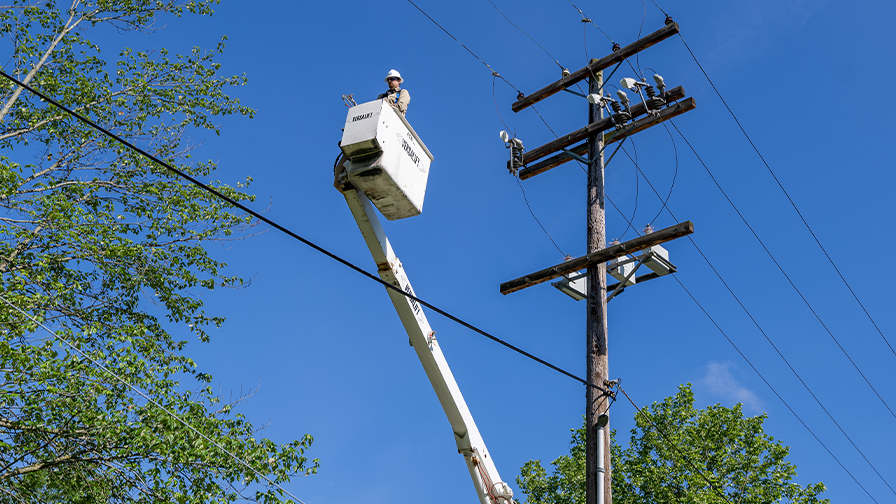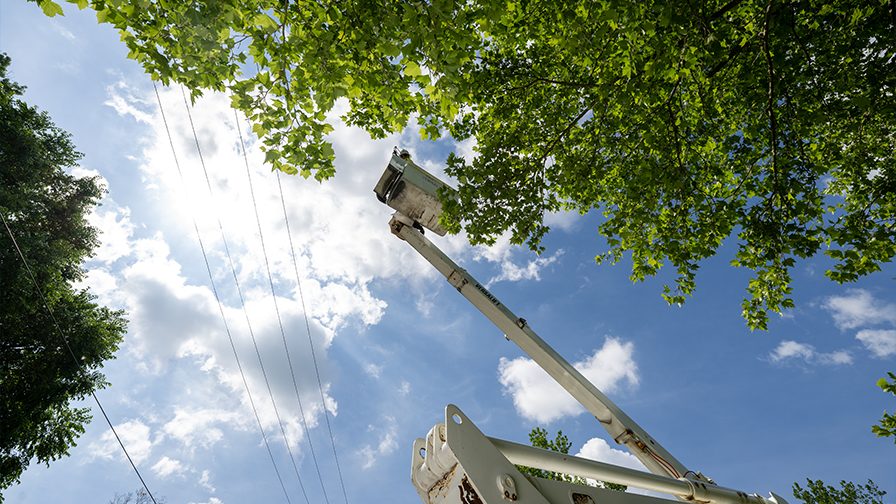Five-Minute Meeting: Electricity is Like Soccer
Five-Minute Meeting: Electricity is Like Soccer
 Five-Minute Meeting: Electricity is Like Soccer
Five-Minute Meeting: Electricity is Like Soccer
Common electrical terms can be more easily understood by comparing them to players on a soccer field.
We all understand that electricity can kill us, but why does a higher voltage mean more danger? In fact, why does voltage matter at all? After all, it’s the amperage that causes the electrical injury.
Voltage is the force that moves the amperage. Think of amperage as a soccer ball (fútbol) and voltage as the kicker. If the kicker does not kick the ball, then the ball doesn’t move. The harder the ball is kicked, the further it will travel across the field.
This is the same with electricity: If there is no voltage on the wire then the amperage doesn’t move. An increase in voltage causes the amperage to travel further through wires, other conductive objects, and the air. This is why a minimum approach distance (MAD) from a 21-kilovolt (kV) primary is further than the MAD from a 240-volt secondary.
The pressure (voltage) in the primary wire is high enough that it could jump (arc) through the air to your body. However, in the secondary wires, there is not enough pressure to cause the amperage to leave the wire and enter your body (unless you touch the wire, of course).To prevent the amperage from entering our bodies, we must stay further away from wires with higher voltage.
So why doesn’t the electricity travel through things like insulated pole tools and insulators on the pole? This has to do with ohms. Ohms are a measure of resistance. Resistance is like a goalkeeper in soccer. When the soccer ball is kicked really hard toward the goal, a strong goalkeeper will keep the ball from entering the goal.
Insulators on a pole and insulated pole tools have very strong resistance (high ohms) therefore, the electricity (amperage) cannot pass through the insulator and into the pole or through the insulated pole tool and into the worker. To prevent electricity from entering your body, be sure to maintain the appropriate distance and use insulated pole tools when cutting branches that are in contact with wires.
Additional items to consider:
- What would cause an insulated pole tool to become more conductive?
- At what point should an insulated pole tool be discarded?
- Are there any daily inspections or maintenance requirements for these pole tools?
- How does this apply to aerial lifts?
Remember, it only takes 1/10 of an amp to put your heart into ventricular fibrillation (V-Fib). This occurs when your heart beats at an abnormal rhythm and prevents proper blood flow, which can lead to a heart attack and death.
Related Articles

Five-Minute Meeting: Working Around Secondary Wires and Low Voltage Lines Though the American National Standards Institute (ANSI) Z133 allows us to “avoid contact” with secondary lines or those under 750 volts, we need to exercise caution around these lines because they carry lethal voltage. Secondaries have lower voltage than primaries. We can distinguish them by[...]
Read More
Five-Minute Meeting: Working Overhang When conducting pruning operations, even for small branches, the best practice is to remove branches in a “total branch control” manner using ropes or by reducing the size of the branch you are cutting into a much smaller piece. In a weekly kick-off safety meeting, a utility noted a situation that[...]
Read More
Aerial lifts cannot touch energized lines and arborists must be aware of minimum approach distance (MAD). Learn more.
Read More
Wear, tear, and other damage to equipment can present safety hazards in the field. Equipment maintenance can prevent these safety hazards from arising and is essential for continued safe work with that equipment.
Read MoreSUBSCRIBE
Subscribe to our mailing list to receive updates.
Categories
Recent Posts
- How-To: Learning Knot Basics 02th Aug 2018
- How-To: Tying a Stopper knot 07th Aug 2018
- How-To: Selecting the Right Safety Vest 21th Aug 2018
- How-To: Tying a Slip Knot 04th Sep 2018
- How-To: Inspecting Your Snaps 18th Sep 2018
Training the Next Generation
All our classes are built on industry safety practices. Ready to start learning?